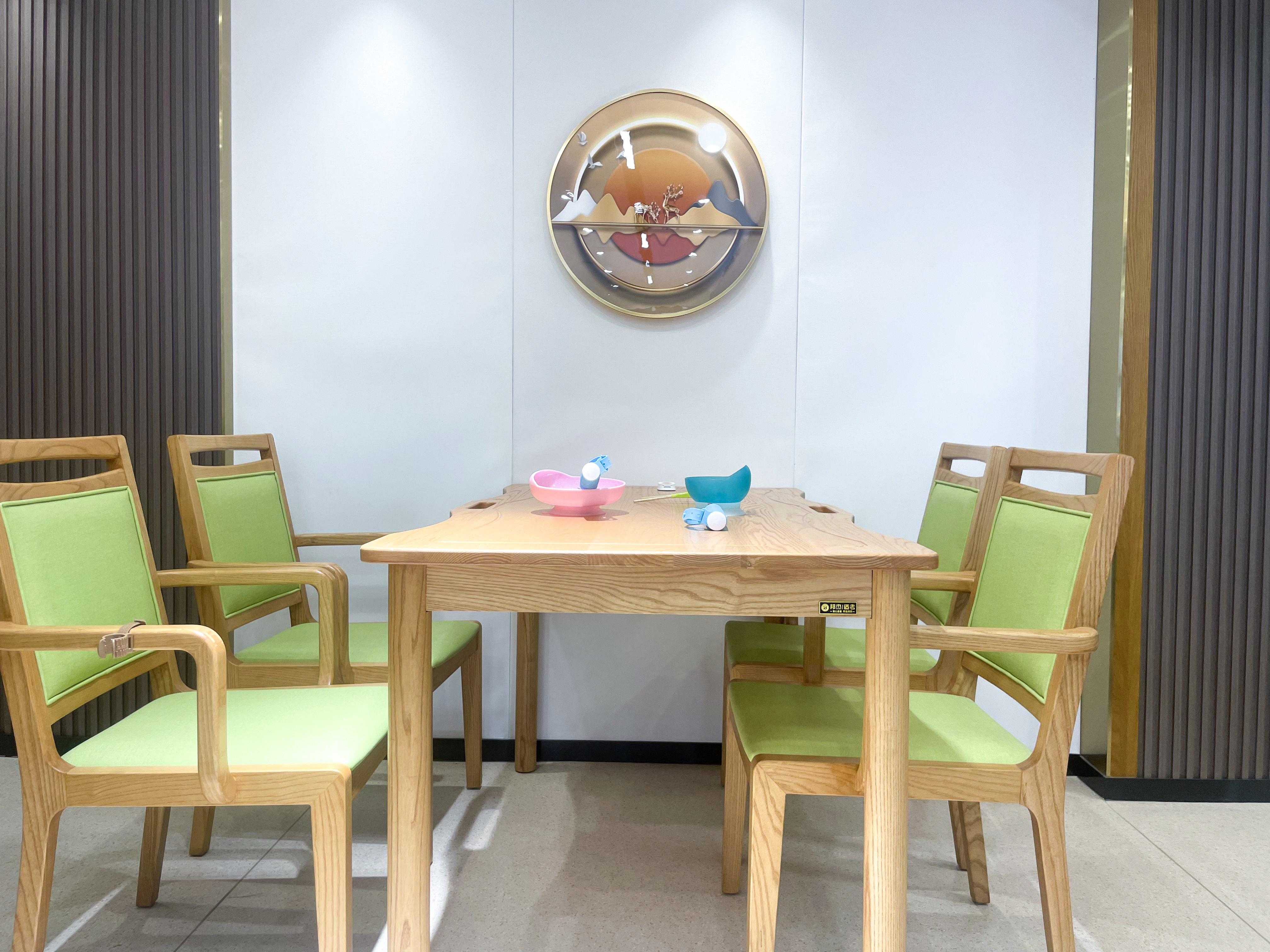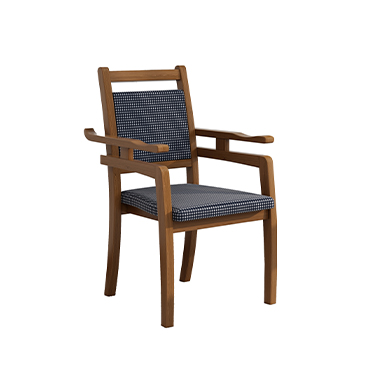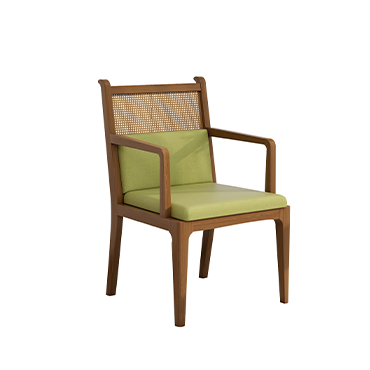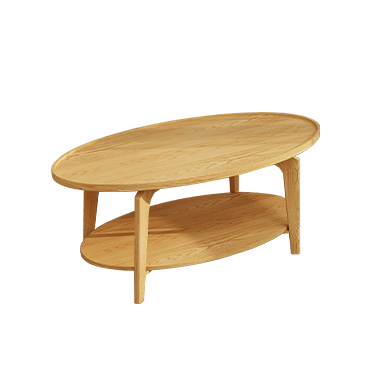Timeline of Market Entry in China’s Elderly Care Furniture Sector
As China accelerates into an aging society, the elderly care furniture industry has emerged as a critical segment of the "silver economy." The process of market entry by key players can be divided into four progressive stages:
Phase 1 (Around 2010): Export-led Origins
In the beginning, many players engaged in elderly care furniture due to demand from overseas aging markets. Most products were built based on foreign standards and requirements.
Key traits: Focus on OEM/ODM export; limited domestic awareness; early-stage functional designs like nursing beds and mobility chairs.
Phase 2 (Around 2015): Policy Momentum Triggers Local Exploration
With national elderly care policy (“9073” model) gaining traction, the concept of age-friendly home renovation began to influence furniture production in China.
Key features: Manufacturers started to address the specific needs of Chinese elderly users, shifting attention to community and home care environments.
Phase 3 (Since 2020): New Brands Rise, Cross-Industry Expansion
Public health events and national policies boosted the awareness and urgency of developing elderly care solutions. This sparked new entrepreneurial activity and innovation.
Emerging patterns:
Dedicated elderly care furniture brands with deep understanding of user needs;
Integration of smart technologies into elderly living scenarios;
Collaboration across industries (healthcare, real estate, tech) to co-create aging-friendly spaces.
Phase 4 (2023–Now): Branding and Standards Define Market Leadership
The current phase focuses on high-quality product development, user-centric branding, and internationally accepted quality standards.
Sector trends:
Differentiated brand positioning based on ergonomics, intelligence, and aesthetic design;
Patents and certifications become crucial for market recognition;
Export-oriented enterprises begin targeting aging markets in Southeast Asia, the Middle East, and Oceania.





